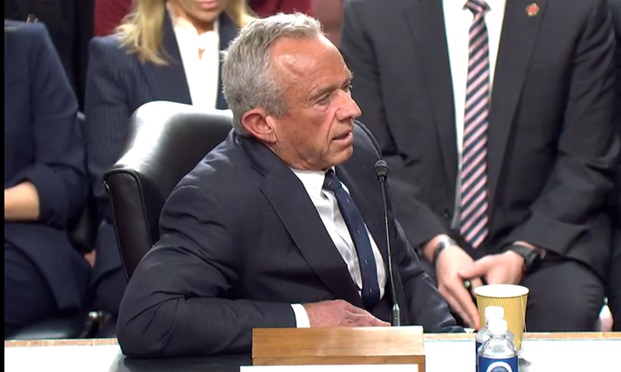The New Year is now just weeks away and with it will come the phone calls and emails from your clients asking about the new contribution limits for health savings accounts (HSA). This year, get out ahead of the inquirers and send a link to this article to your clients who have HSAs. They will thank you for it.
For the past two years HSA contribution limits have remained static with the single contribution set at $3,050; $6,150 for families, and an additional $1,000 catch-up contribution for those 55, and older. However, contribution limits will once again change for 2012, as dictated by the results on an annual calculation for inflation factors.
For calendar year 2012, the annual limitation on deductions for an individual with self-only coverage under a high deductible health plan will be $3,100. The annual limitation on deductions for an individual with family coverage under a high deductible health plan is $6,250. The catch-up contribution for those 55 or older will remain at $1,000. This should be great news to people who want to maximize their pre-tax savings and invest more for their future healthcare needs.
Recommended For You
[See also: 2012 HSA and FSA cheat sheet]
Keep in mind that contributions for the 2011 tax year can be made up until April 15, 2012. Just be sure that the HSA trustee is notified what the contribution is for 2011.
For more information about the 2012 contribution limits, download the IRS document.
What is a high deductible plan?
The IRS's definition of a qualified high deductible plan will remain the same for 2012 as it was for 2011. For calendar year 2012, a "high deductible health plan" is defined under § 223(c)(2)(A) as a health plan with an annual deductible that is not less than $1,200 for self-only coverage or $2,400 for family coverage, and the annual out-of pocket expenses (deductibles, co-payments, and other amounts, but not premiums) do not exceed $6,050 for self-only coverage or $12,100 for family coverage.
Keep in mind that to be qualified to open and fund the HSA, a member generally cannot have any other health coverage that is not an HDHP. However, they can still be an eligible individual even if their spouse has non-HDHP coverage provided the HDHP member is not covered by that plan. Caution: this can be a problem if the spouse has a flexible spending account (FSA) since there is no way to restrict which family members can receive reimbursement for qualifies medical expenses.
The rules do allow for some additional insurance benefits, but only for the following items:
• Liabilities incurred under workers' compensation laws, tort liabilities, or liabilities related to ownership or use of property.
• A specific disease or illness.
• A fixed amount per day (or other period) of hospitalization.
It is also possible to have coverage for the following items:
- Accidents.
- Disability.
- Dental care.
- Vision care.
- Long-term care.
Last Month Rule and Testing Period
One additional point to convey to plan members about contributions to HSAs is something called the "Last Month Rule." Under the last-month rule, an eligible individual on the first day of the last month of the member's tax year (Dec. 1, for most taxpayers), is considered an eligible individual for the entire year. They are treated as having the same HDHP coverage for the entire year as they had on the first day of that last month. This means that someone who becomes eligible on Dec. 1, 2011, and has family HDHP coverage on that date can immediately contribute $6,150 to their HSA, and then add another $6,250 on Jan. 1, 2012.
However, if contributions are made to the HSA based on being an eligible individual for the entire year under the last-month rule, there, is a "Testing Rule" that will come into play. The Testing Rule says that the member must remain an eligible individual during the testing period. For the last-month rule, the testing period begins with the last month of the member's tax year and ends on the last day of the 12th month following that month. For example, Dec. 1, 2011, through Dec. 31, 2012.
If the member fails to remain an eligible individual during the testing period, other than because of death or becoming disabled, they will have to include in income the total contributions made to their HSA that would not have been made except for the last-month rule. They are required to include this amount in their income in the year in which they failed to be an eligible. This amount is also subject to a 10 percent additional tax.
For more information about the Last Month Rule and Testing Period, download IRS publication 969: http://www.irs.gov/pub/irs-pdf/p969.pdf
© Touchpoint Markets, All Rights Reserved. Request academic re-use from www.copyright.com. All other uses, submit a request to [email protected]. For more inforrmation visit Asset & Logo Licensing.






